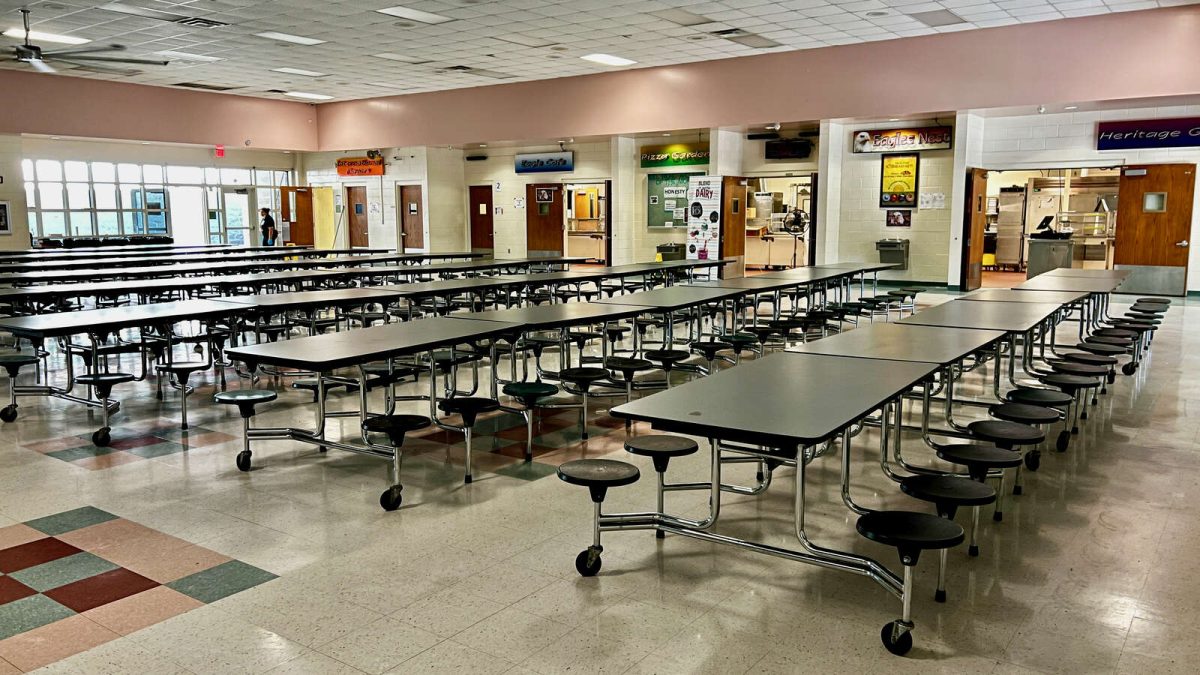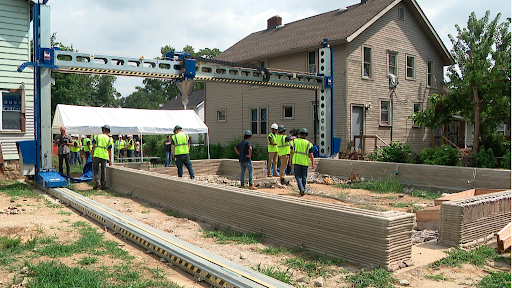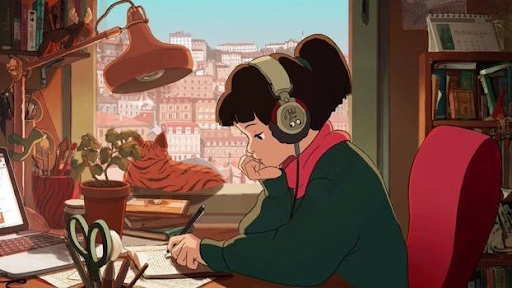“Hey, what do engineers do?” I asked my friend.
“My dad’s an engineer! Basically, he…” She paused. “I have no idea.”
I wasn’t going to give up that easily. Maybe the engineers are having the time of their lives, and we just don’t know about it. I didn’t want to miss out on the engineering party. So I spent the summer investigating the mysterious ways of engineers. The findings? Shocking.
After leaving the house, they begin their commute to their local Engineering Center. Usually, this Center is identifiable by a shiny silver roof and extreme height. Then, they ascend to the top floor, and begin their daily Meeting. They start each gathering with their mantra: Confuse the people while asserting your intelligence in order to maintain secrecy. Just kidding!
The more engineers I met, the more I realized that there’s no specific definition of engineering. Maybe that’s why figuring out what it is is so confusing: all engineers do different things. Broadly, engineering is about problem solving. But the types of problems and the methods of solving them are always up for interpretation.
This summer, I talked with many engineers, and no two did the same thing. I realized that no matter what your passions are, if you have some sort of interest in STEM, there’s a place for you. Some engineers rely heavily on biology to inspire their designs, others put their own spin on the classic robot, and still others slip into the world of art.
But how interesting could these projects really be? I’ll tell you about two of my favorites, and then I’ll let you decide.
Squishy robot fingers for gently snatching up sea life:
Traditional robots aren’t great for collecting deep-sea samples. When trying to grasp a fragile organism, rigid robot “claws” often cause harm. Some creatures even change their hormone balances when in distress, so scientists dealing with stressed-out sea life are hard-pressed to figure out the creatures’ normal hormonal states.
One engineer’s solution: create soft robot “fingers” to grasp without causing harm. Dr. Kaitlyn Becker, an assistant professor of Mechanical Engineering at MIT, developed a squishy robot to collect underwater biological samples with minimal harm. Unlike traditional robots, which are made of rigid materials like metal, soft robots are literally soft, using materials like foam and rubber. Paired with a feedback system that ensures a soft grip instead of a crushing clamp, these robots can prevent a fish squish. I also love her newer iteration of a soft-gripping robot: it looks just like a worm colony, and it may provide an easier way to grasp without needing to precisely direct the robot. Curious? Check out her portfolio here! I’d recommend watching videos of the robots in action, too.
Origami as an intersection of math, CS, biology, and art:
I’ve always held an intense respect for the creators of origami instructions. Barely able to follow along with the pictures, I marvel at how people can plan a few folds and create an entirely new piece of art. I’ve always seen it as mostly magic, their source as divine inspiration. But this summer, I learned that this art can be governed by algorithm.
A Computer Science professor at MIT, Erik Demaine uses his knowledge of computer science and algorithms to develop his origami. Not one to keep his knowledge to himself, he also created an online program where you can type the message you want to create an origami pattern from. Then, it generates an instruction sheet of where you need to fold in order to create your origami.
He also makes origami structures. For any frog fans, he created a series of curved crease frog sculptures, which draws attention to how frogs are affected by global warming. But origami goes even beyond art; the paper folding is reminiscent of protein folding in biology. Origami helps us understand and manipulate proteins, which is helpful for medical advances. And, going back to robots, some are trying to create robots that fold into different shapes: think Transformers-style. All of these fields? Shaped by folding.
So engineering could really be anything. Traditional metal robots, wormy graspers, origami art, you name it. If you want to be an engineer, there is a space for you.
By Hana Shinzawa ‘24, Co-Editor-in-Chief and Science Editor
24hshinzawa@montroseschool.org













